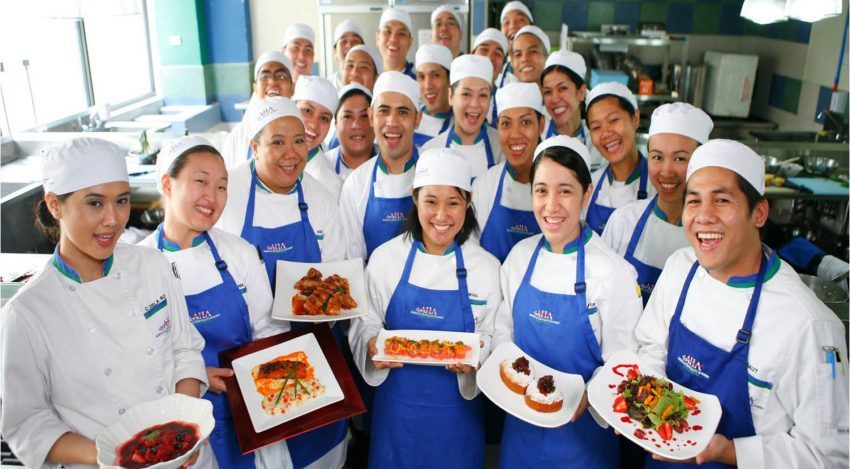
Maya-Mediterranean Chocolate Rice Pudding (Arroz con Leche y Chocolate)īasil is a gentle, sweet-tasting herb found in many cuisines including Indian (where the variety is called holy basil), Italian, Thai (purple basil) and Moroccan. Whole seeds can keep their flavor for up to three years ground annatto deteriorates more quickly and may be prone to bug infestations. Store in an airtight container in a cool and dark place. Sizzle annatto seeds in hot oil and use the strained oil to flavor and color dishes. It is also sold as part of achiote paste, which contains garlic, other spices and chile. For frying use the seeds whole otherwise buy annatto ground (it is really hard to grind finely enough at home). When used in everything from butter to cheese to chocolate to stews, it imparts a deep yellow color. Typically found in Latin American cuisines and also in the Philippines, annatto is also known as achiote.Īnnatto has an earthy flavor and pairs well with meats, especially pork. Use whole chiles before they become brittle.Īnnatto seeds come from a tree aptly named the “lipstick tree” because they impart a distinct red color to anything they are added to. You can use the chile as is (just cut off the stem) or sizzle it in hot oil before using. Many sauce recipes require the dried chile to be soaked in hot water before using. These chiles, used whole or pureed in mole sauces or ground in rubs, have a very mild, almost sweet flavor. It is typically found in Mexican stews and in tamales. It is heart-shaped in appearance, a few inches in length, has a very dark brown color and is wrinkled (but should be pliable). But when sold in dried form, it’s an ancho.

When the chile is sold fresh, it is deep green and called a poblano. Whole allspice can retain its flavor for up to three years ground, the flavor can last for 12 to 18 months.Īncho chiles are native to Mexico. Store in a sealed container, away from direct heat and light. You can buy it already ground or whole (five whole berries make about one teaspoon when ground). Allspice pairs well with pumpkin and is frequently used in pumpkin pies. You can add it to soups, lentils, marinades, barbecue sauces, chili and slow-cooked stews. In Jamaica, seasoned meats are often cooked over an allspice wood fire. It is used in the Lebanese kitchen as a substitute for their seven-spice mixture, which typically includes pepper, cumin, cinnamon, nutmeg, cloves, paprika, coriander and sometimes more.Īllspice adds bold, sweet and savory flavors to dishes and gives recipes hints of nutmeg, cinnamon and cloves. It is the main ingredient in Jamaican jerk seasoning, but is also found in Mexican (called pimenta gorda or fat pepper) and Indian cuisines. The growth of the culinary education industry parallels the growth in the modern food culture that began in the second half of the twentieth century.Allspice is the brown, unripe berry of a tropical evergreen plant native to the Caribbean islands, where it is called pimento. Indeed, it is one of the wonderful things about the study of food that it is the only academic subject we can think of that safely incorporates all five senses in the classroom and draws on nearly every discipline in the academy. The integration of all the senses and disciplines as far-ranging as design, psychology, chemistry, and microbiology sends students to all parts of the library, not just the sections reserved for cooking and recipes.

Culinary education programs frequently integrate aspects of related fields such as hospitality management, nutrition and food preparation.

Beyond culinary certification, many community colleges, proprietary schools, and universities offer Associate and Bachelor's degrees with the requisite coursework across the curriculum. From the modest beginnings of the Culinary Institute of America as a vocational training school for veterans returning from World War II in New Haven, CT, culinary programs have grown to number more than 400 in the United States alone. Culinary Education has flourished in recent decades.


 0 kommentar(er)
0 kommentar(er)
